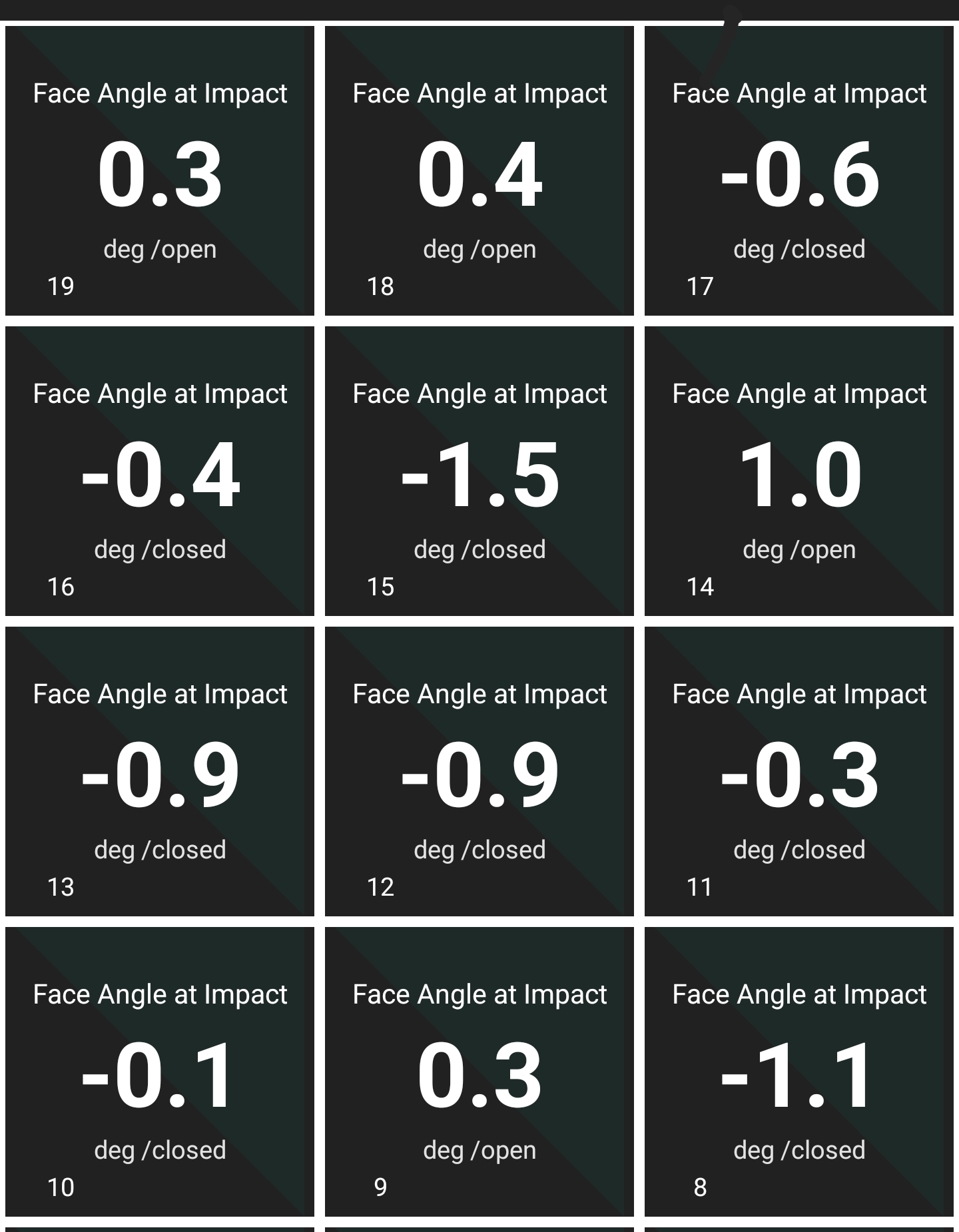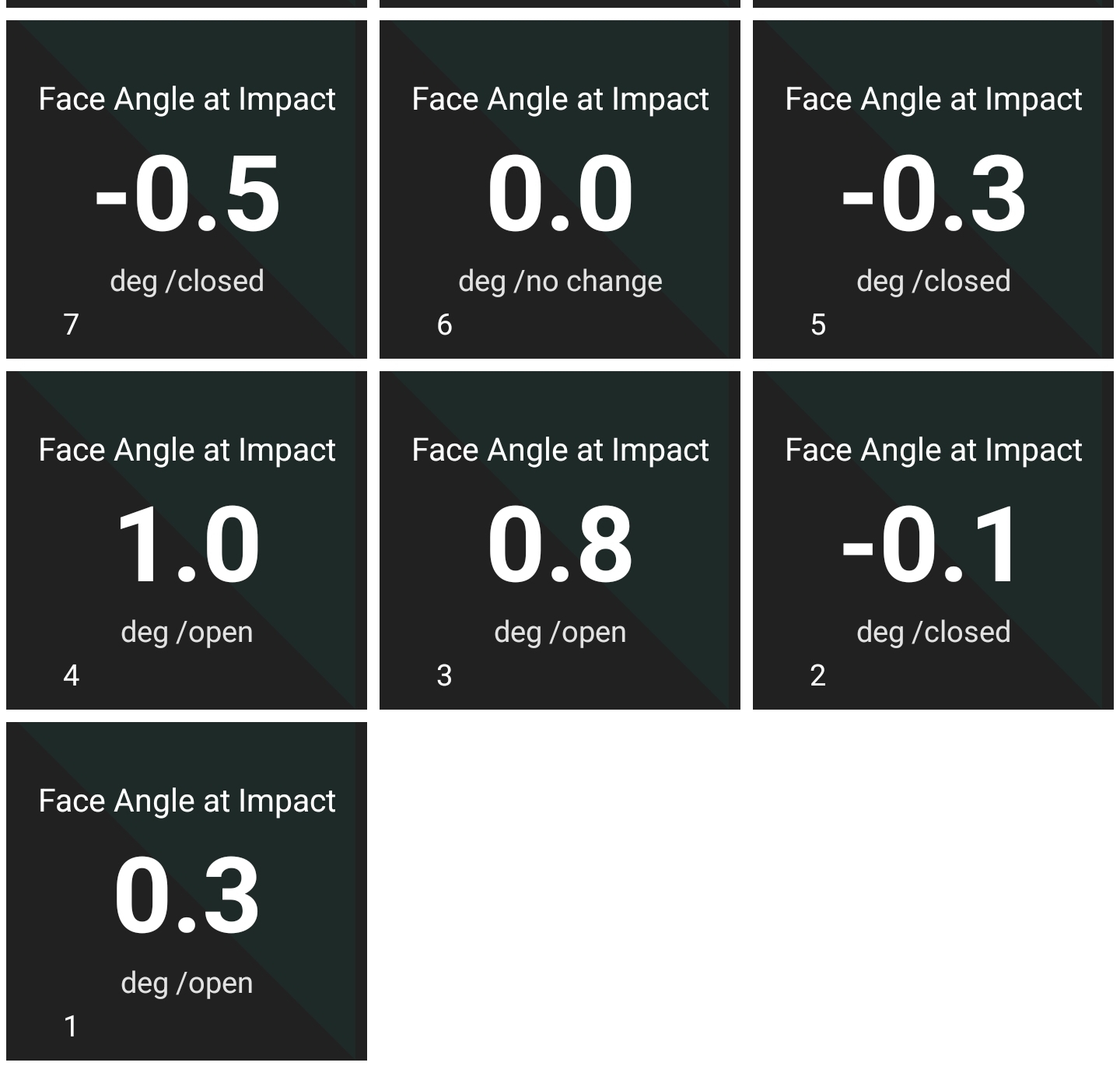The Wellstroke is a putting arc mat sold by Wellputt. It is a putting aid that is made to help your perfect your putting stroke and path.
This is one of the putting training aids that I waited a long time to buy.
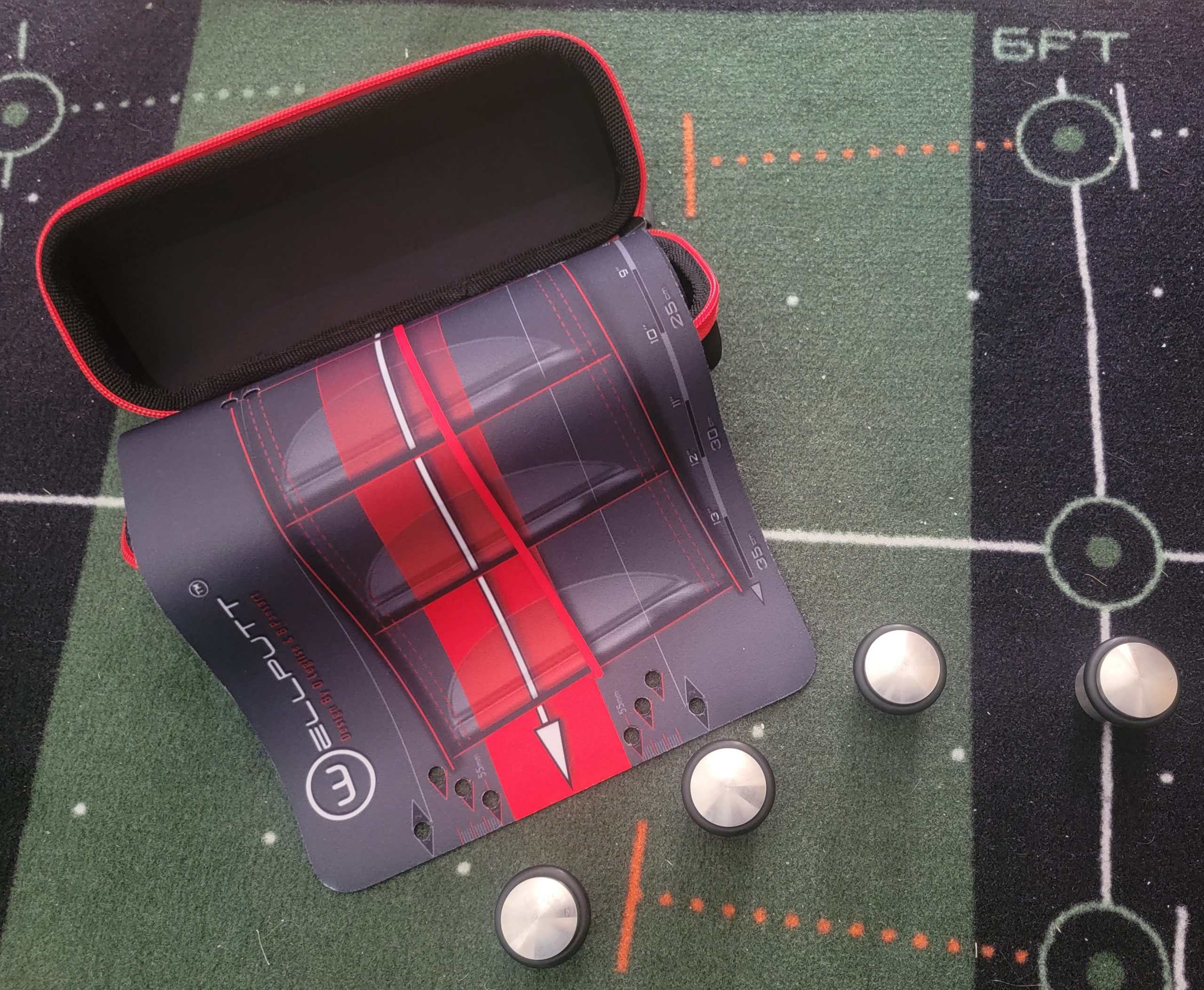
Why did I get one?
My stats indicated I needed help.
I really wasn’t sure about it’s value.
It’s not cheap, but there is a deal if you buy the arc and tees together.
So what changed my mind?
I measure my backstroke and forward stroke. Mostly in the off season.
I prefer the practice green and leave most of the geek putting gear at home in the summer.
Now, the season is ending so I dusted off Blast Motion Golf and took several hundred putts.
To my surprise, my Tempo and Face Angle at Impact had survived the season. However, my backstroke length, backstroke rotation and forward stroke rotation were not as consistent as I’d like them to be.

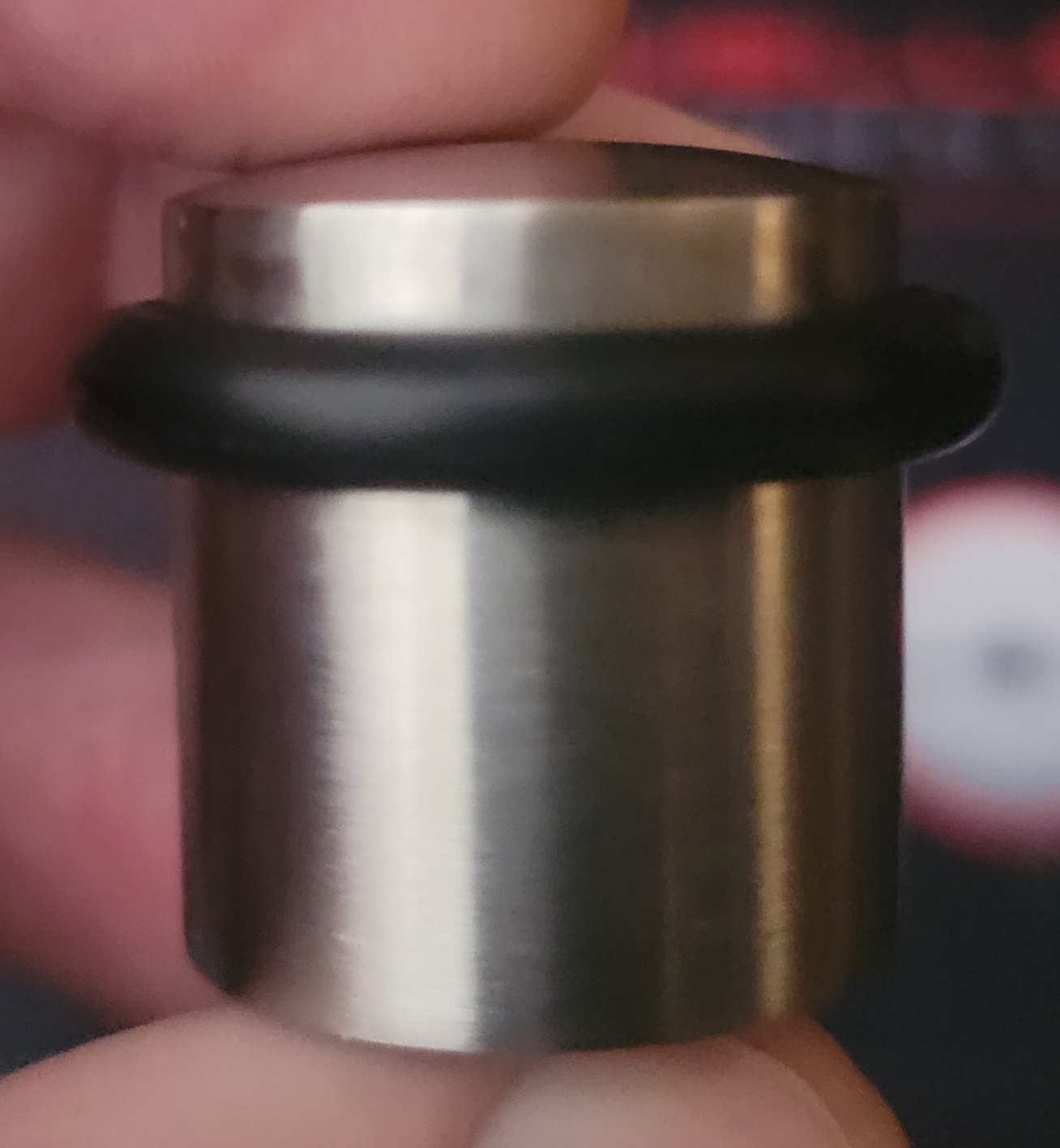
The Wellstroke
Would I recommend it? Yes. ★★★★
Here is what I purchased. The 24 degree putting arc and indoor tees. The indoor tees are heavy round metal objects with a rubber O-ring bumper.
The idea I have is to line the putting arc up on the center line of my Wellputt mat indoors.
I use the indoor tees for a putter gate and ball gate.
The arc comes in a really nice compact case with a carabiner on it.
The arc or mat is very flexible and lays out flat easily.
In fact, for outdoor use I would put tees in the holes it has in it to hold it down on a windy day.
The putting arc itself has 14 one inch marks (35 cm also) on either side of the putter face.
Just for reference, my 10 foot putt backstroke is about 8 inches. So, you could use this outside for a much longer putt.
It indicates the proper putter path for you at a given length backstroke.
The putting arc has holes in the end so you can make several sizes of ball gates using tees when used outside.
The idea is to practice and gain a repeatable putting path and stroke.
Remarks and Conclusions
Would I buy it again based on usage?
I’ve practiced with it this morning and the answer is “yes.”
My second day summary is a little more mixed. That’s why I give the training aid 4 stars.
I think it’s a mistake to try and think about manipulating your putting arc. Just let it happen naturally.
As soon as I start to think about the arc of my stroke instead of a smooth stroke my stats are erratic as heck.
The Wellstroke I bought fits my arc just fine. Again, it is distracting to think of forcing the putter to follow the arc on the mat.
I do find it useful to practice my stroke without a ball. It does help verify and hone your path.
Blast Motion Golf is more accurate for measuring your putting stats.
Using this training aid for reference backstroke distance and putting path is helpful. Not everyone has Blast Motion Golf.
The most important thing is bringing your putter face back to square at impact. A square face angle at impact is 95 percent of starting your ball on line.
The jury is out on the indoor tees. I have an indoor putting gate from another putting mat which works well.
My guess right now is indoor metal gates will take some time to get used to.
They are not easy gates when setup properly.
That’s the idea… to make you putt better.
I have used the indoor tees as a reference for backstroke length and as gates.
Some frustration
They offer The Wellstroke in different degrees from 12 to 24.
How did I pick the 24 degree?
This was the most frustrating part of the purchase. I was not getting info on which one to purchase.
The Wellstroke site says most people are Ok ordering a 12 degree arc. I’m not sure I buy that.
I finally got an answer. “We suggest you check your stroke on SAM PuttLab.”
Well…interesting. I feel like there should be a better explanation.
Frankly, there just aren’t a lot of helpful reviews, videos or articles.
So what did I do?
There is another company called Visio that makes similar arcs. From 12 to 21 degrees.
They make the same type of thing for around $20 cheaper and have a calculator for your arc on their page.
There is a link on their page to an instructional PDF for choosing your correct degree arc. (See link below)
Would I recommend the Visio? Yes.
I almost bought the Visio template instead of The Wellstroke because of the lack of information on figuring out what I needed to buy.
Note: Visio does offer an indoor outdoor putting gate package. *Odyssey, Callaway, Visio
I used the calculator knowing that my backstroke rotation is around 8 degrees if I take the putter back 12 inches.
Visio suggests a 21 degree arc or template if your backstroke rotation is 6 degrees or more.
They measure at 30 cm or 11.8 inches. So, it was either a 21 degree or 24 degree model for my path.
I was a little shocked at with my backstroke rotation at first.
Then, I read an article about Tiger Woods. It said that when he was measured on SAM PuttLab, his putter face rotation was 7.9 inches open on the backstroke and 12.2 closed on the forward stroke. Here is the article…he was and is off the charts talented.
I used Blast Motion Golf to measure my stats.
Again, if you don’t know your backstroke rotation at 12 inches, download the Visio “How to choose your putting template PDF” for detailed instructions.
Late Addition
I felt like I needed to add something to this article. It is screenshots of my stats to demonstrate a couple points.
Most pros backstroke and forward stroke are within one degree of each other. Most amateurs would be at 2 degrees difference. In a perfect world.
The examples below indicate the difference between the backstroke rotation and forward stroke rotation.
That is face angle at impact.
Here is my point. I made a bunch of 10 foot putts today and took note of what went in the hole and what didn’t.
The fact is the putt that was -1.5 degrees out of whack went in the hole. A couple that should have been dead nuts were short.
How can a putt that is supposed to miss…still go in the hole. I probably hooked it a little bit. It was dead center.
Numbers aren’t everything.
They are important, but the question remains “Are you making putts?”
(All the following putts were taken using The Wellstroke and Blast Motion Golf)
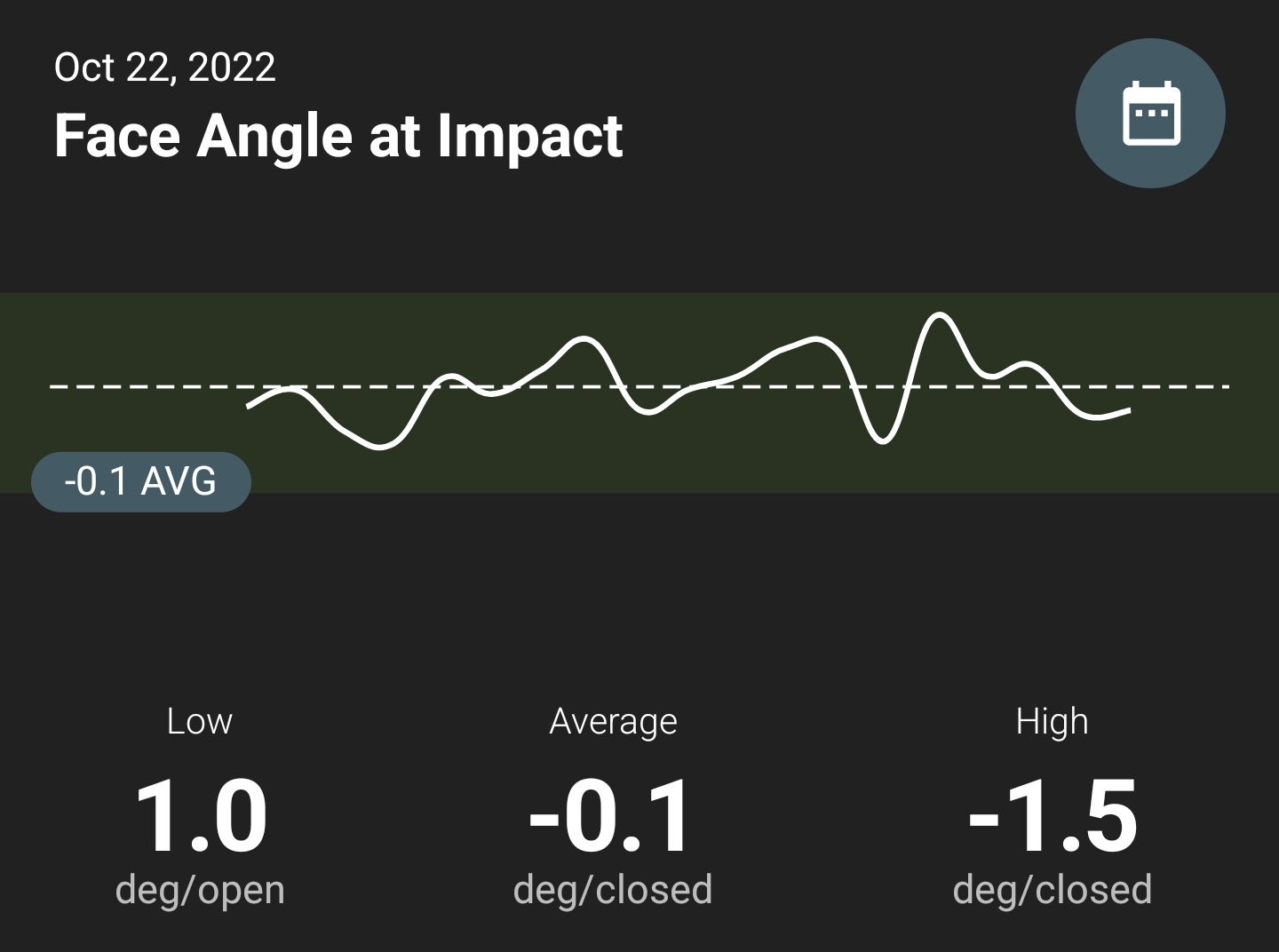
Note: Technically, anything outside of plus or minus one degree should not go in the hole from 10 feet. That doesn’t mean anything under plus or minus one degree is going in.
You want to try for plus or minus .5 or one half a degree to square (face angle) at impact. If you are over 1 degree out of square you start missing putts at 10 feet.
If you aren’t measuring, how do you know what you are doing? My average over 6,149 putts is .4 degrees open at impact. (3, 6 and 10 foot putts)
